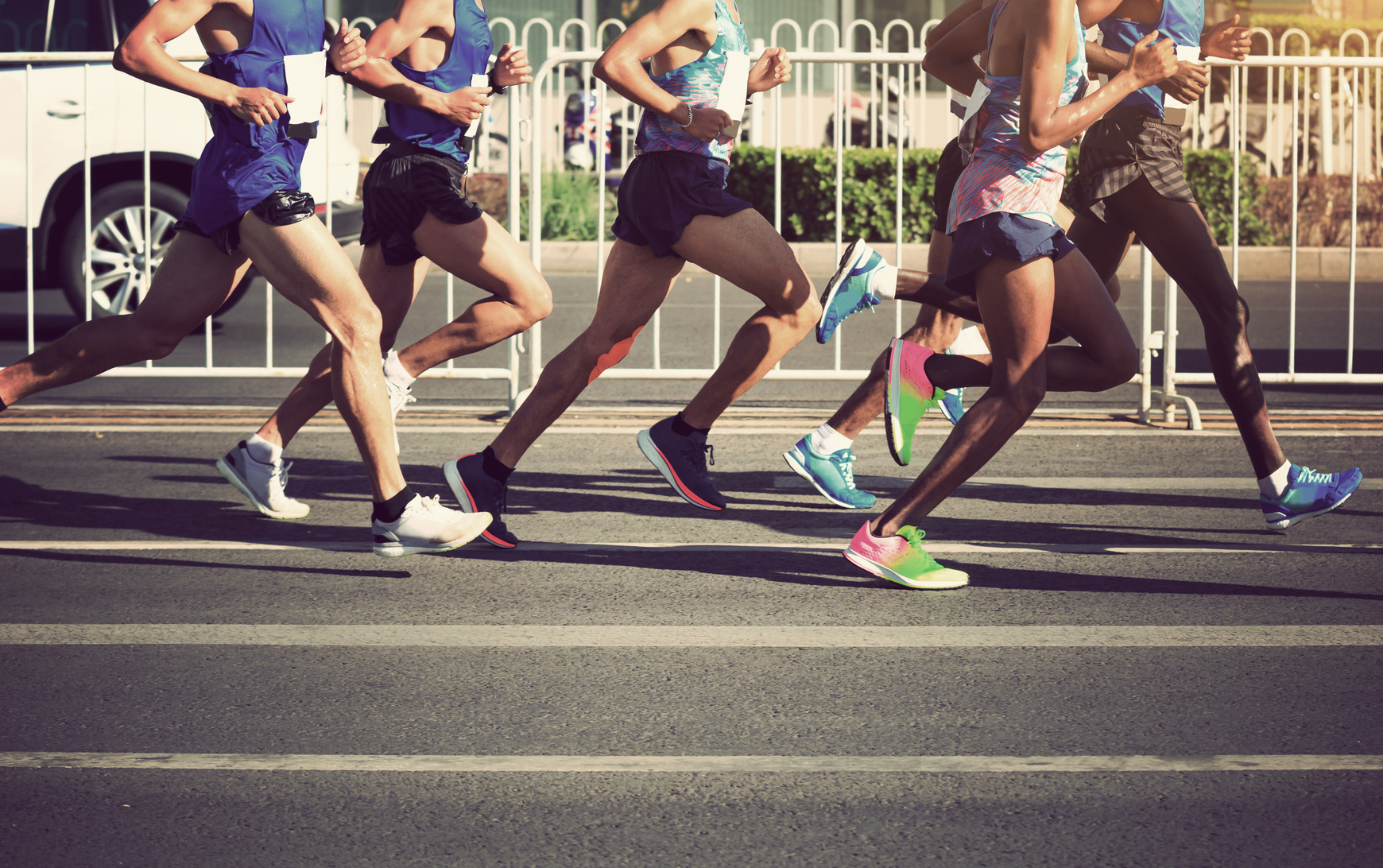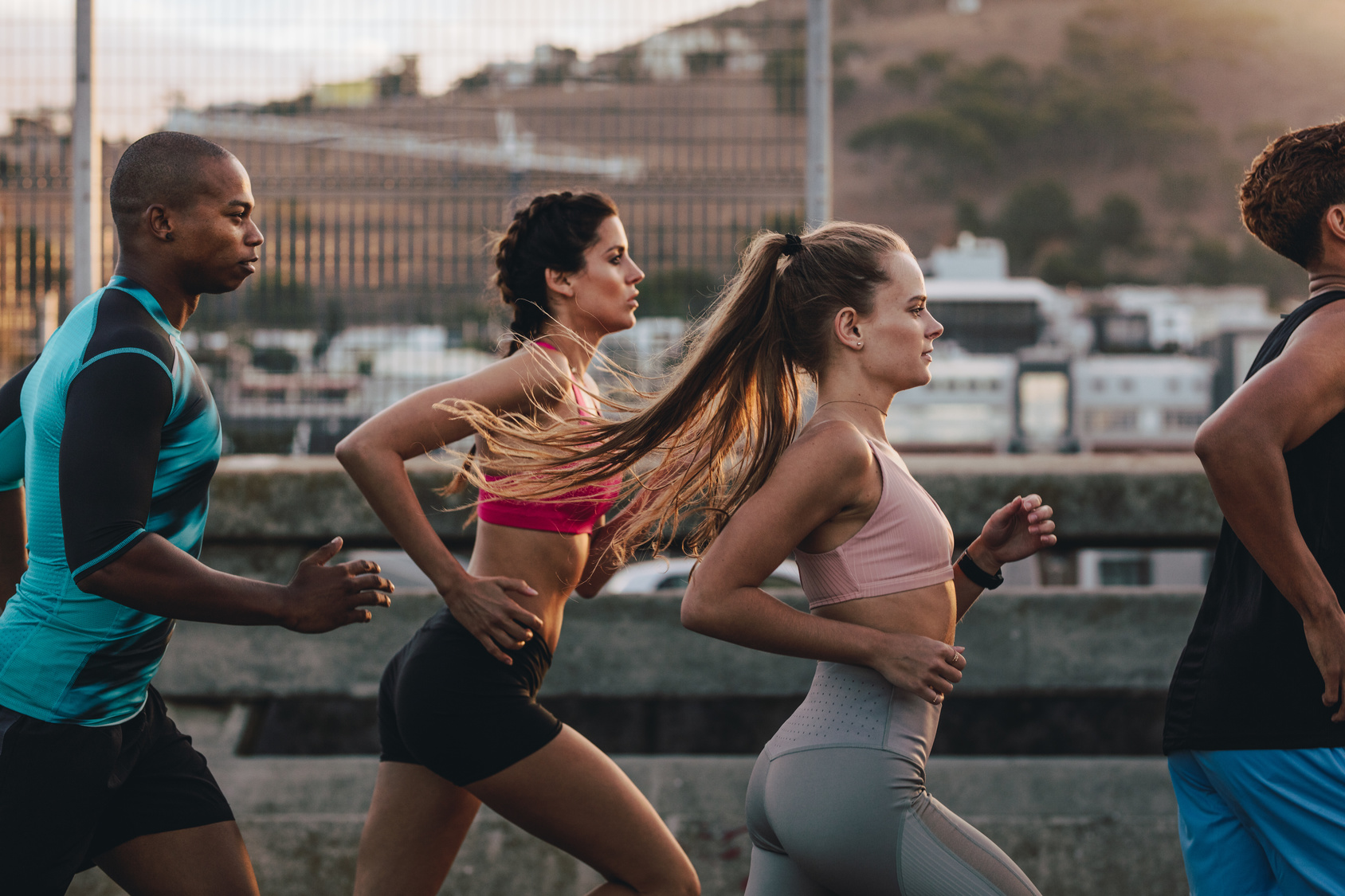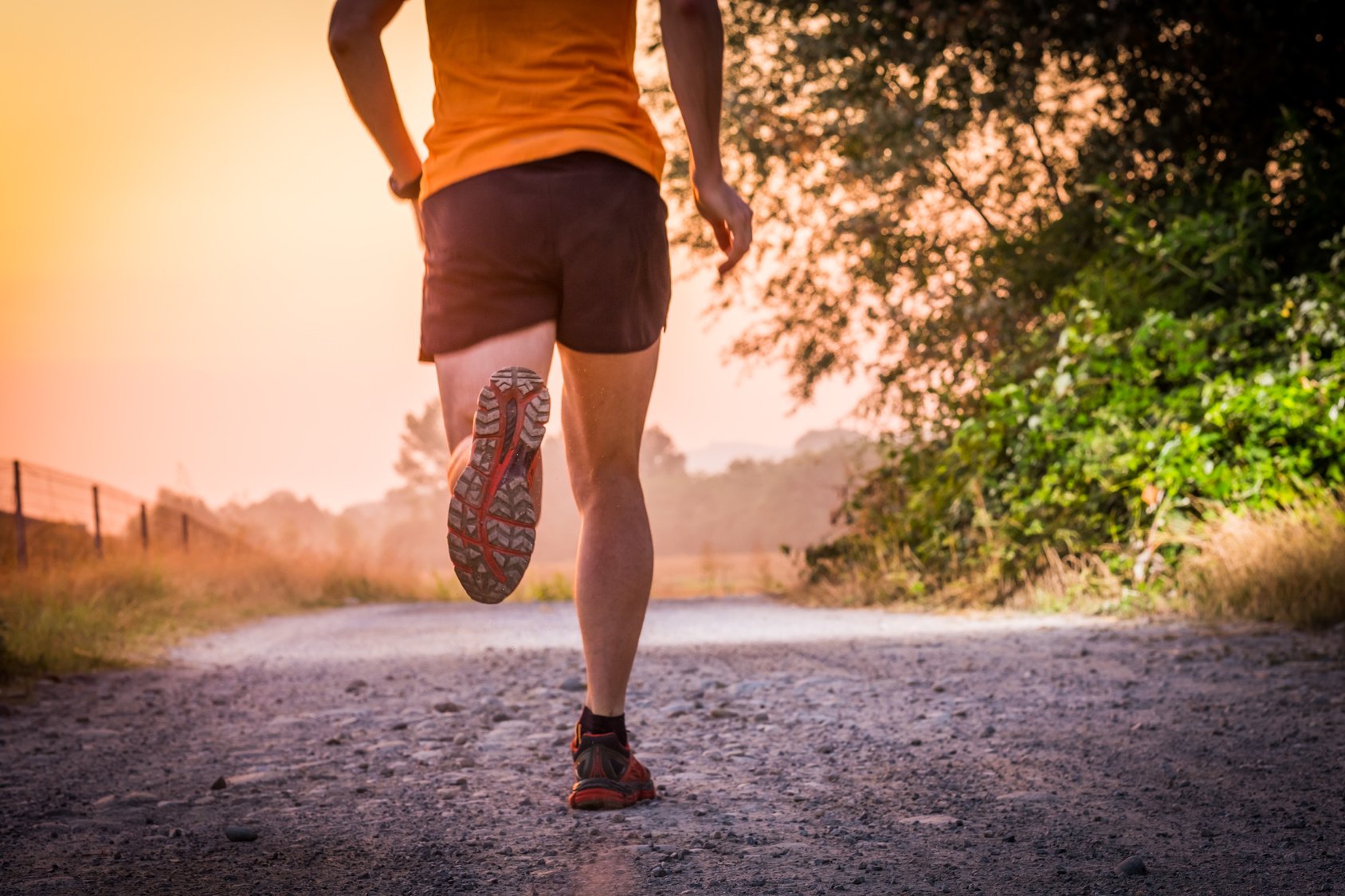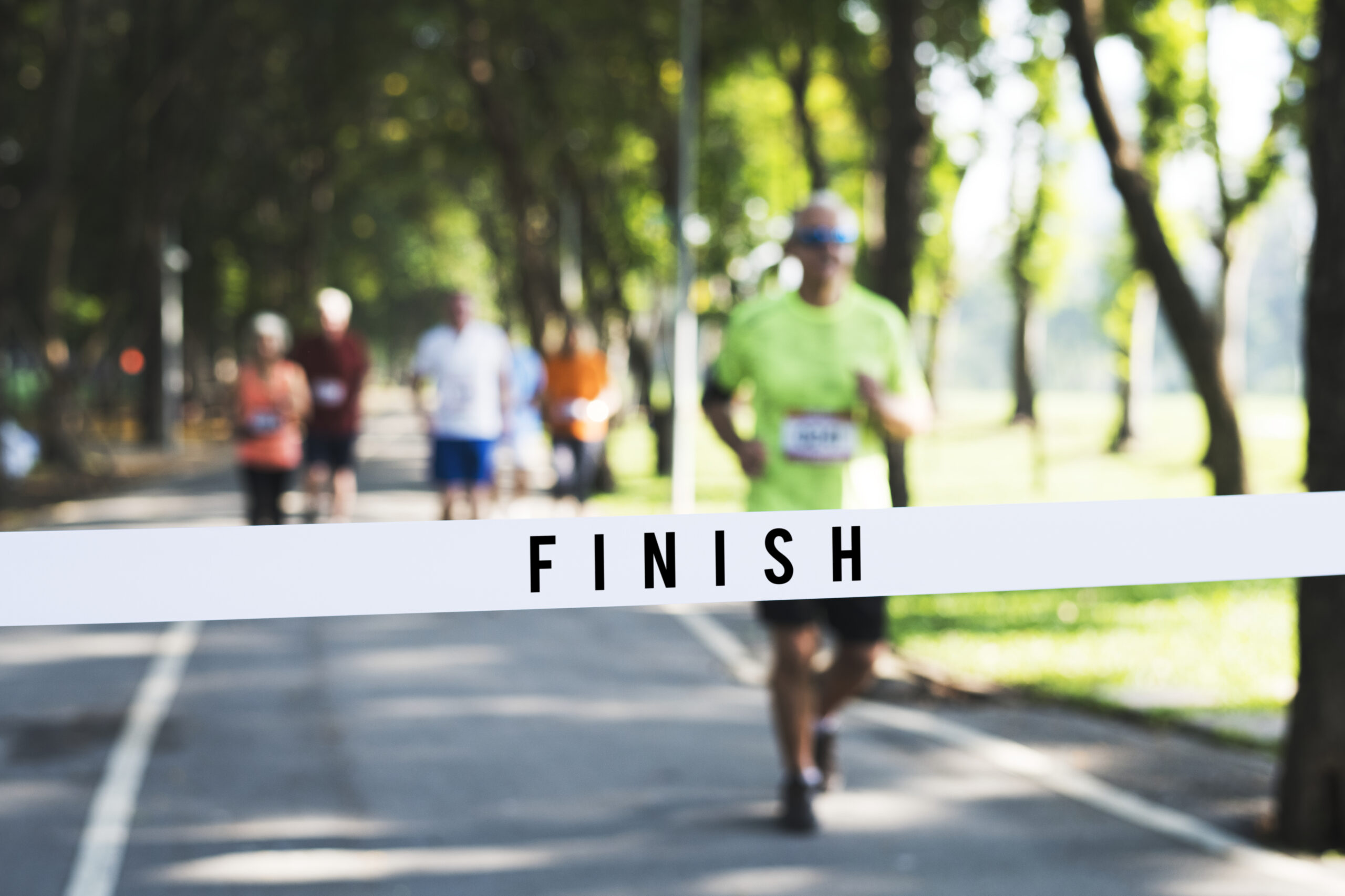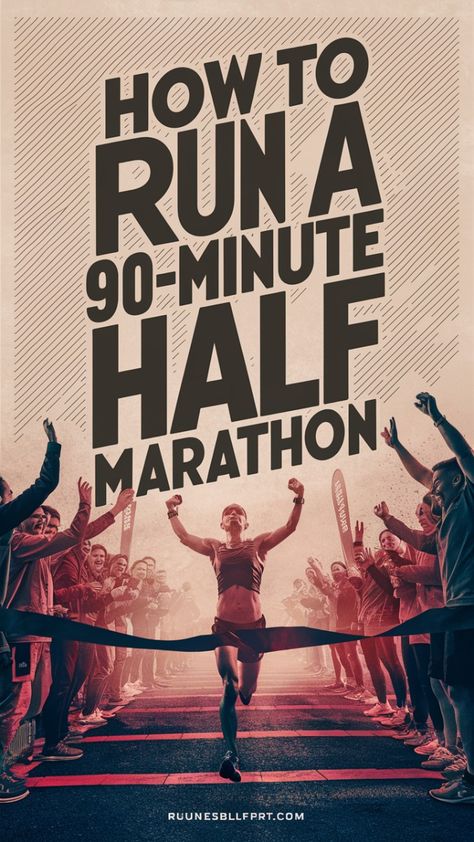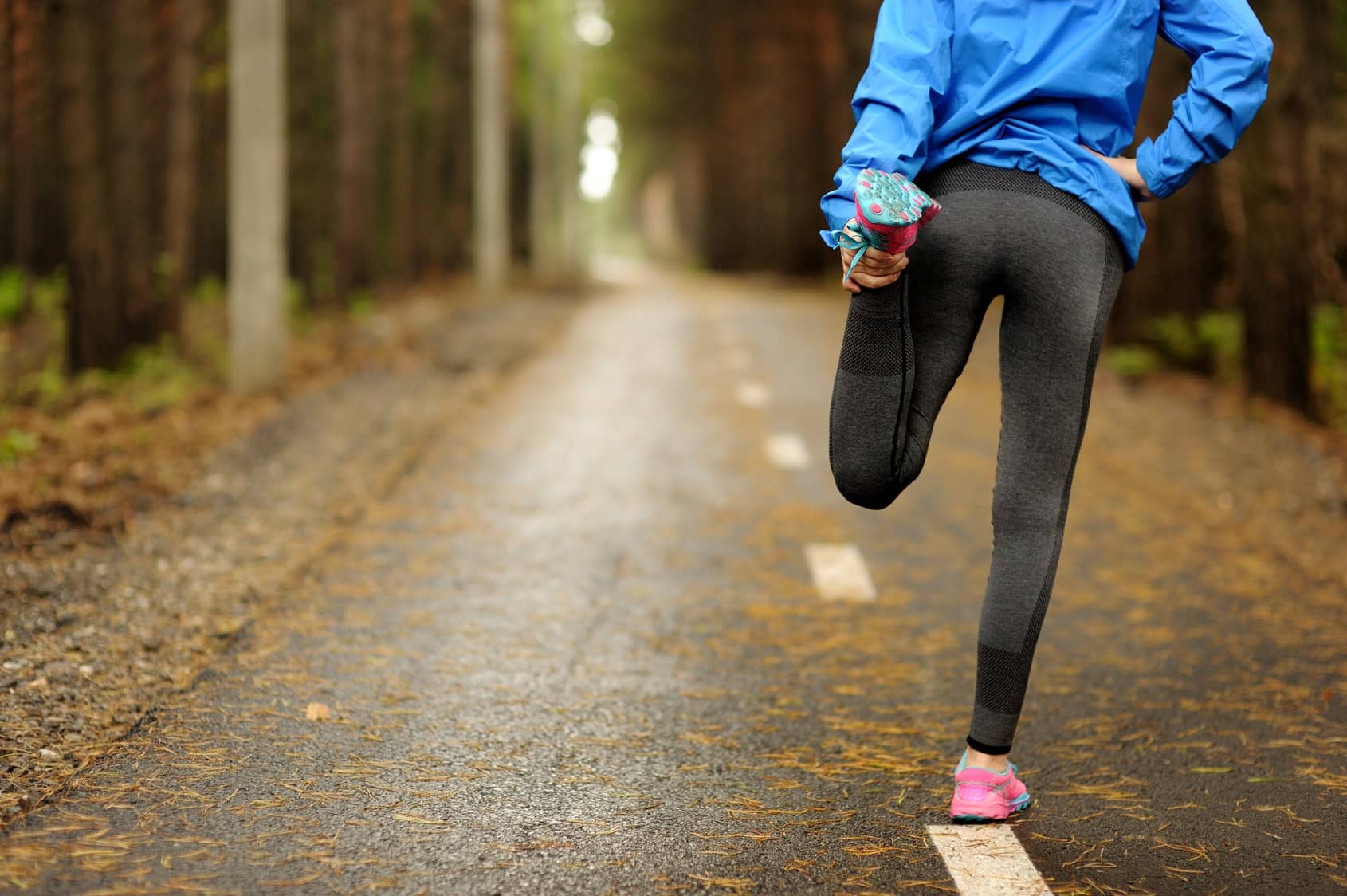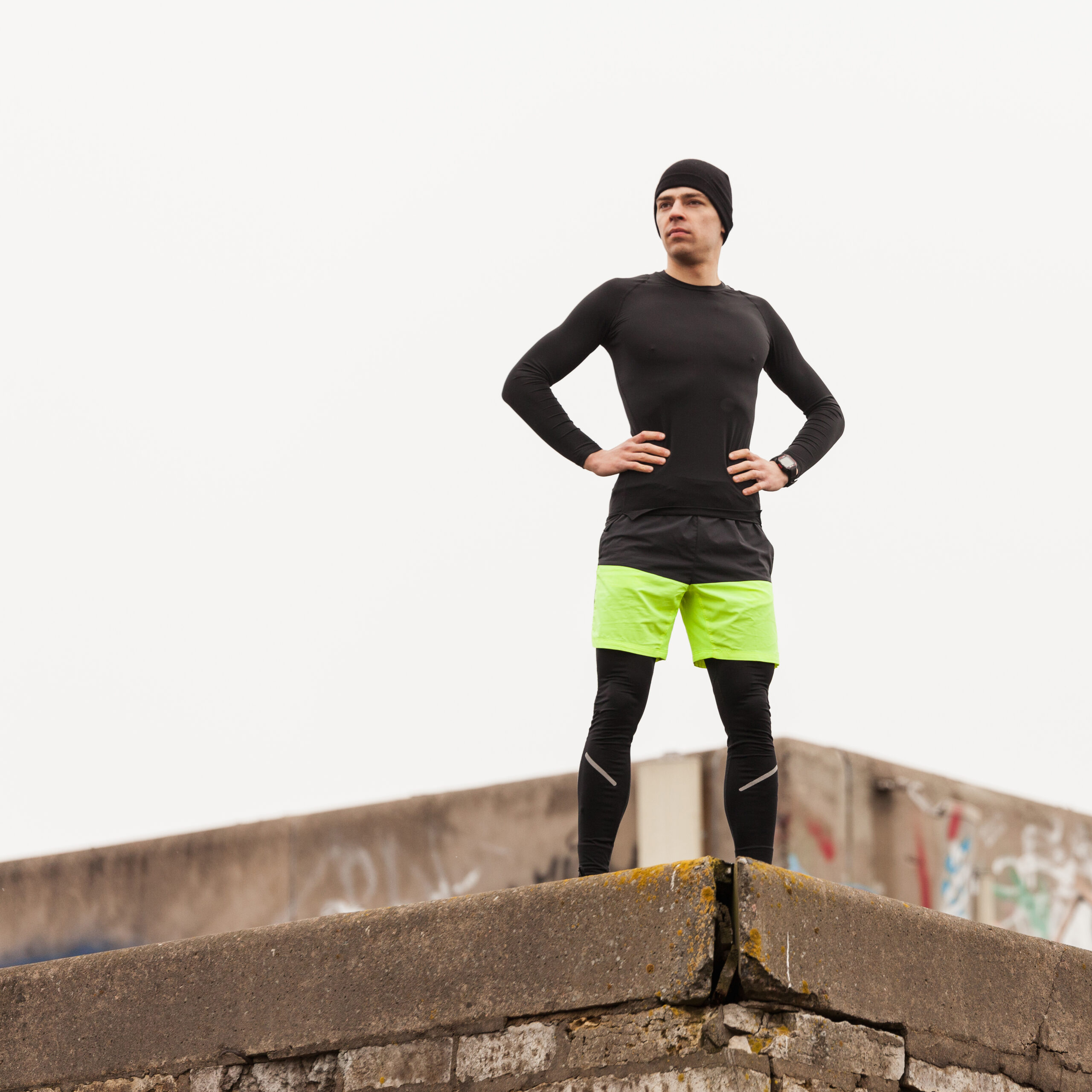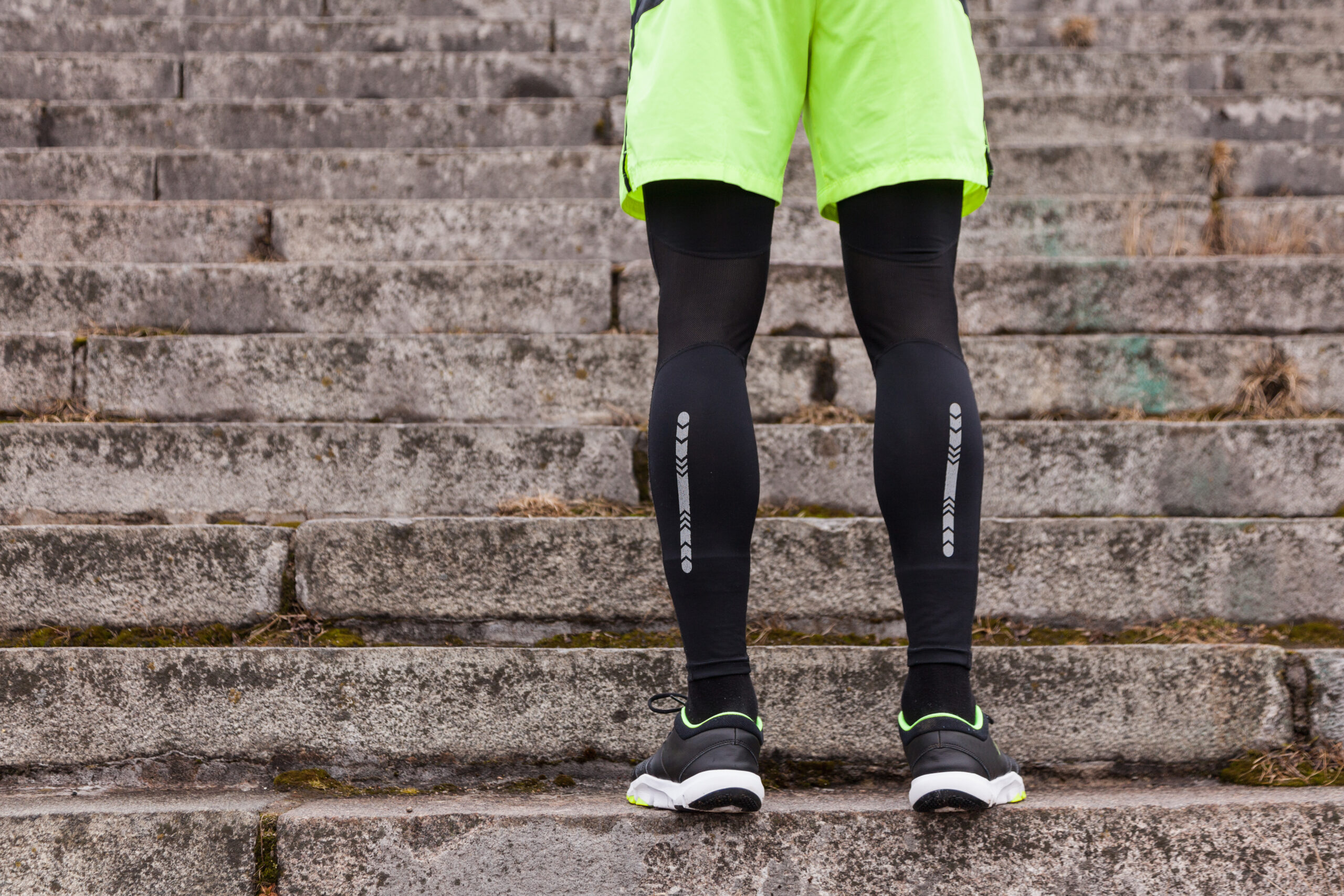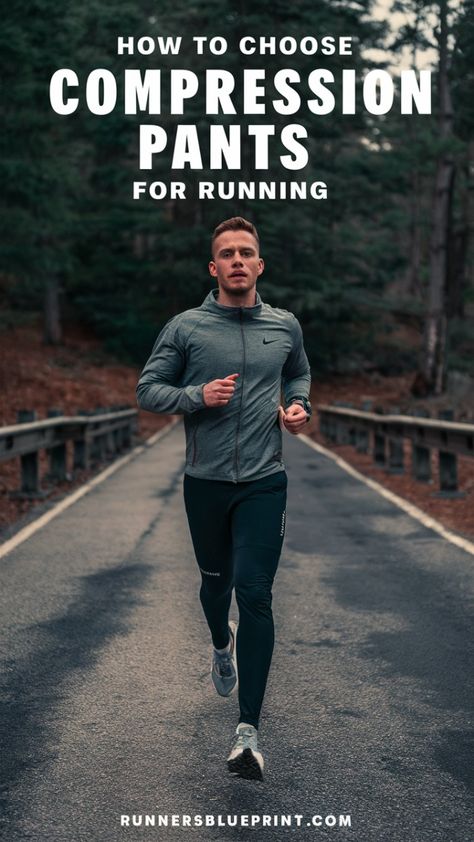Looking to qualify for the Boston Marathon? Then you’ve come to the right place.
Qualifying for Boston is one of the noblest and most common racing goals to set your sights on. Droves of runners set this goal each year, and a BQ (Boston Qualifier time) tops the list of even more runners.
And with all things worth doing, there are no shortcuts when qualifying for Boston. Those looking to get a spot need to work hard to get it.
The fact is, most spend years trying to qualify for one. Even running within the accepted time frame doesn’t guarantee entry to the race (more on later).
So what marathon time should you run to qualify for Boston? And how do you actually get there? That’s where today’s post comes in handy.
In this article, I’ll cover
- What is the Boston Marathon
- How to qualify for the Boston Marathon
- The history of qualifying times
- The latest Boston Marathon qualifying times
- Boston marathon cut-off times?
- Fastest Boston Marathon times
- And so much more
What is The Boston Marathon
Boston Marathon is the oldest, annual, continues-running marathon in the world.
Started in 1897 and inspired by the success of the first marathon at the 1896 Olympics in Athens, the Boston marathon is a bucket list race for many runners of all ages and training backgrounds.
The Boston Marathon attracts some of the most driven athletes worldwide committed to slug it through every mile and making it to the finish line.
Over 25,300 runners lined up in Hopkinton, MA, in 2022 and logged 26.2 miles of the famous course. * Additionally, over 24,900 runners and wheelchair athletes crossed the finite line on Boylston Street.
That’s around a 98 percent finish rate.
What’s more?
The event also ranks as one of the world’s best road races. The Boston Marathon is one of the Six World Marathon Majors, including Chicago, New York, Tokyo, Berlin, and London.
Note – To learn more about the history of running, click here. And here’s the full guide to how long is a marathon.
The Conditions
The Boston Marathon stands out from every other race because runners have to qualify for it. How? By satisfying The Boston Athletic Associate-qualified time standards in an accredited marathon. More on this later.
Other than the Olympics and most Championship races, the Boston Marathon is the only race in the United States that holds qualifying requirements.
How come?
The entry limits were introduced to control the field’s size while continuing to let veteran marathon runners participate. These standers have been revised several times, and the specific rules may change yearly.
How to Qualify For the Boston Marathon
To earn a spot in the Boston Marathon, you’ll have to post a race time at a certified marathon faster than the Boston Marathon qualifying times based on your age group and gender.
These qualifying times are based on the official finish, or what’s known as chip time or gun time. Furthermore, the qualifying time must be roughly 7 to 19 months before race day, usually held in April.
For example, qualifying for the 2023 Boston Marathon, which will be held on April 17, 2023, must have been achieved after September 15, 2021. Then the 2023 Boston marathon sign-up took place over five days, from September 12th to the 16th, 2022.
In other words, you’ll need to meet the qualifying times for your age group and gender from early as September 2021 and before signing up for the race in April.
Additional resource – Marathon pace chart
Running A BQ Doesn’t Guarantee Entry
Due to the limit in field size, achieving a qualifying time doesn’t automatically grant you access to the race but the chance to submit a registration application.
That’s why over the last few years, not all those who submitted a qualifying time have been accepted.
To improve your chances of earning a spot in the Boston Marathon, you’ll likely need to run up to a few minutes faster than the qualifying time.
Check the following table to get a glimpse of field size and non-accepted qualifiers over the past 10 years.
| Year | Field Size | Non-Accepted Qualifiers | ||
| 2012 | 27,000 | 3,228 | ||
| 2014 | 36,000 | 2,976 | ||
| 2015 | 30,000 | 1,947 | ||
| 2016 | 30,000 | 4,562 | ||
| 2017 | 30,000 | 2,957 | ||
| 2018 | 30,000 | 5,062 | ||
| 2019 | 30,000 | 7,248 | ||
| 2020 | 31,500 | 3,161 | ||
| 2021 | 20,000 | 9,215 | ||
Boston Qualifying Times – The Tables
The following table contains qualifying times used for the recent Boston marathon, which had been used since 2003. An extra 59 seconds is allotted for each standard.
| Age Group | Male | Female |
| 18-34 | 3hrs 00min 00sec | 3hrs 30min 00sec |
| 35-39 | 3hrs 05min 00sec | 3hrs 35min 00sec |
| 40-44 | 3hrs 10min 00sec | 3hrs 40min 00sec |
| 45-49 | 3hrs 20min 00sec | 3hrs 50min 00sec |
| 50-54 | 3hrs 25min 00sec | 3hrs 55min 00sec |
| 55-59 | 3hrs 35min 00sec | 4hrs 05min 00sec |
| 60-64 | 3hrs 50min 00sec | 4hrs 20min 00sec |
| 65-69 | 4hrs 05min 00sec | 4hrs 35min 00sec |
| 70-74 | 4hrs 20min 00sec | 4hrs 50min 00sec |
| 75-79 | 4hrs 35min 00sec | 5hrs 05min 00sec |
| 80 and over | 4hrs 50min 00sec | 5hrs 20min 00sec |
Have Faith
Don’t feel disheartened if the times on the tables seem discouraging. Scores of runners have successfully improved their marathon times to reach that qualifying standard. It doesn’t happen overnight, but it does happen eventually.
What’s more?
Keep in mind that the qualifying window for the 128th Boston marathon is set on April 15, 2024, and will start on September 1st, 2022.
The following qualifying times are based on each participant’s age on the date of the 2023 Boston Marathon, set to take place on April 17, 2023.
For more information on qualifying times and conditions, visit the Boston Marathon website here.
Additional resource – How to avoid slowing down during a race
How to Qualify For Boston
Looking to qualify for the Boston Marathon? Then you should know that you’ll have a lot of work ahead of you.
I hate to sound like a broken record, but getting a spot in this event is tricky. Yet it can be done with the right training and mindset.
Check the following tips for making your way to the Boston Marathon starting line.
Be Realistic
The first thing you need to do when qualifying for the Boston marathon is to keep your expectations realistic.
If your current fastest marathon time is drastically slower than the qualifying time for Boston, then it’s time to be honest with yourself. For example, if your Marathon PB is 4:20 and you must run a 3:10 to qualify, ensure your goal is within reach.
Taking off 70 minutes isn’t impossible, but it will take time to get there. One year is often not enough. The further your best time from the qualifying time, the longer you’ll need to train to get your body up to speed.
It might take at least a couple of years of consistent training for most runners to build enough aerobic endurance and strength to reach the qualifying times in their given age group.
Again, and I hate sounding like a broken record, there are no shortcuts when qualifying for Boston.
Additional resource – How to nail your sub 4 hour marathon pace
Run More Miles
The best way to get into Boston is to become a faster and better runner.
And what’s the best way to do so?
Of course, by running more miles. Practice makes perfect and all that.
Of course, don’t take my word for it.
A survey conducted by Strava, a widely used fitness network, analyzed the data of 30,000 marathon runners. Of these, 7146 qualified for Boston, and 24;330 didn’t make it.
So what was the difference that made the difference?
Mileage in the three months leading up to the event. Overall, Boston qualifiers logged almost twice as many miles as non-qualifiers.
Another survey of 125 Boston qualifiers also found that only a handful of runners cut by running low mileage.
In fact, for the 12-month periods leading up to their qualifying race, most marathoners run over 1,000 miles.
Additional Guide – What’s The Fastest Marathon Time?
Stick to An Easier Pace
Sticking to an easy pace is key as it allows your body to get stronger so you can run harder next time. Going too fast is a common mistake. Therefore, you could be overtrained or, worse, injured.
What’s more?
The same Strava survey also revealed that the BQ logged more miles at an easy pace. The male athletes who qualified for Boston ran around 15 percent of their mileage at the marathon pace, whereas non-qualifiers logged 57 percent of mileage at a qualifying pace.
The results were similar for female athletes.
Additional Resource – 20 Fun Facts about running
Add Speed Work
Although running easy is key, you should add at least one speedwork session to your weekly training plan.
Again, don’t take my word for it. A Survey of Boston qualifiers revealed that 84 percent of respondents insisted on the importance of speedwork in their qualifying time.
For example, if your time to qualify for Boston is 3:10, then you should invest some of your workouts should be designed specifically to run your marathon race pace in that time.
Just keep in mind not to overdo it. Follow the 80/20 rule in which 20 percent of your miles are hard, while the rest is easy.
Again, this is in line with the above research. Easy running is key, but it doesn’t mean that speedwork wastes time.
Additional resource – Guide to Marathon Des Sables
Eat For Performance
You’ll also need to fuel your body with the right energy to run your best.
As a rule, you’ll need the right mix of carbohydrates, protein, and fat to achieve optimal performance and recovery.
What’s more?
Experiment with different fueling strategies to find what works best. Whatever you’re eating, it should be helping you progress toward your Boston Qualifying time.
Prioritize Recovery
Though training and eating well are keys for a Boston-qualifying time, ignoring proper recovery will set you back by a lot.
Here’s the truth. Running is a high-impact sport that puts too much stress on your body. The more miles you run, the greater the impact. This additional stress creates microscopic tears in your muscles. It’s only during downtime that those tears can rebuild and build muscle.
If you keep training while skipping recovery, you risk injuring yourself or falling ill from wearing your body down.
That’s why following sound recovery practices are always s crucial, even more so when you’re pushing your body to the max.
Plan your recovery days and weeks into your cycle and stick with the plan. Don’t let your ego get in the way of your success.
What’s more?
Remember that recovery isn’t just about sitting on your laurels and doing nothing. Some of the best recovery strategies include;
- Stretching
- Mobility work
- Foam rolling
- Ice therapy
- Ice baths
- Massage
- Epson salt bath
- Sleep
Additional resource – Here’s how to avoid a DNF in a race
Qualify for the Boston Marathon – The Conclusion
Qualifying for Boston requires hard work and commitment over time.
It doesn’t happen overnight—unless one of the few gifted athletes with the genes to run faster and far.
For the rest of us, it’s a lot of grind work. But by implementing these strategies, you’ll increase your odds of catching that ultimate goal, a Boston qualifying time. The rest is just details.

